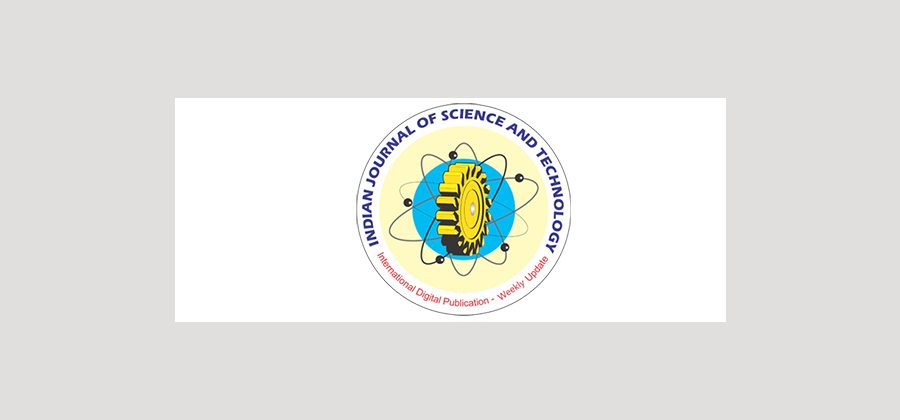


Indian Journal of Science and Technology
DOI: 10.17485/ijst/2017/v10i31/113863
Year: 2017, Volume: 10, Issue: 31, Pages: 1-7
Original Article
Rizul Gautam, Annish Jain and Sonia Kapoor*
University Institute of Engineering and Technology, Panjab University, Chandigarh – 160014, Punjab, India; [email protected], [email protected], [email protected]
*Author for the correspondence:
Sonia Kapoor
University Institute of Engineering and Technology, Panjab University, Chandigarh – 160014, Punjab, India; [email protected]
Tissue engineering deals with recreating, maintaining and enhancing the damaged or lost tissue/organ of living organisms. For tissue engineering applications, biomaterials are needed, that can be derived from either natural or synthetic source. Silk is one of the best natural biomaterials because of its properties like biocompatibility, high mechanical strength and slow degradation rate in vivo. Present study describes the synthesis of silk fibroin hydrogel using photopolymerization method. Aqueous silk fibroin solution was blended with synthetic polymer. The solution was then exposed by a monochromatic light source for the polymerization process. During the polymerization process, sample was at a specific distance from the light source under controlled temperature conditions i.e; at 37⁰C. After the incubation period of around 3 hours, matrix with soft, slippery and elastic surface was obtained. The matrix obtained can further be used as a source for drug delivery carrier, for sustained delivery of drug, in the field of gene therapy for controlled release of DNA at the targeting site and also be used for bone and cartilage tissue engineering.
Keywords: Biocompatibility, Biomaterial, Degradation, Fibroin, Sericin, Silk Proteins, Tissue Engineering
Subscribe now for latest articles and news.